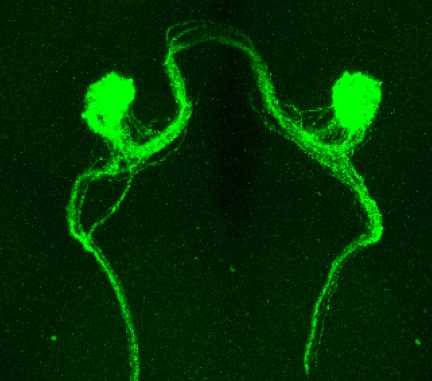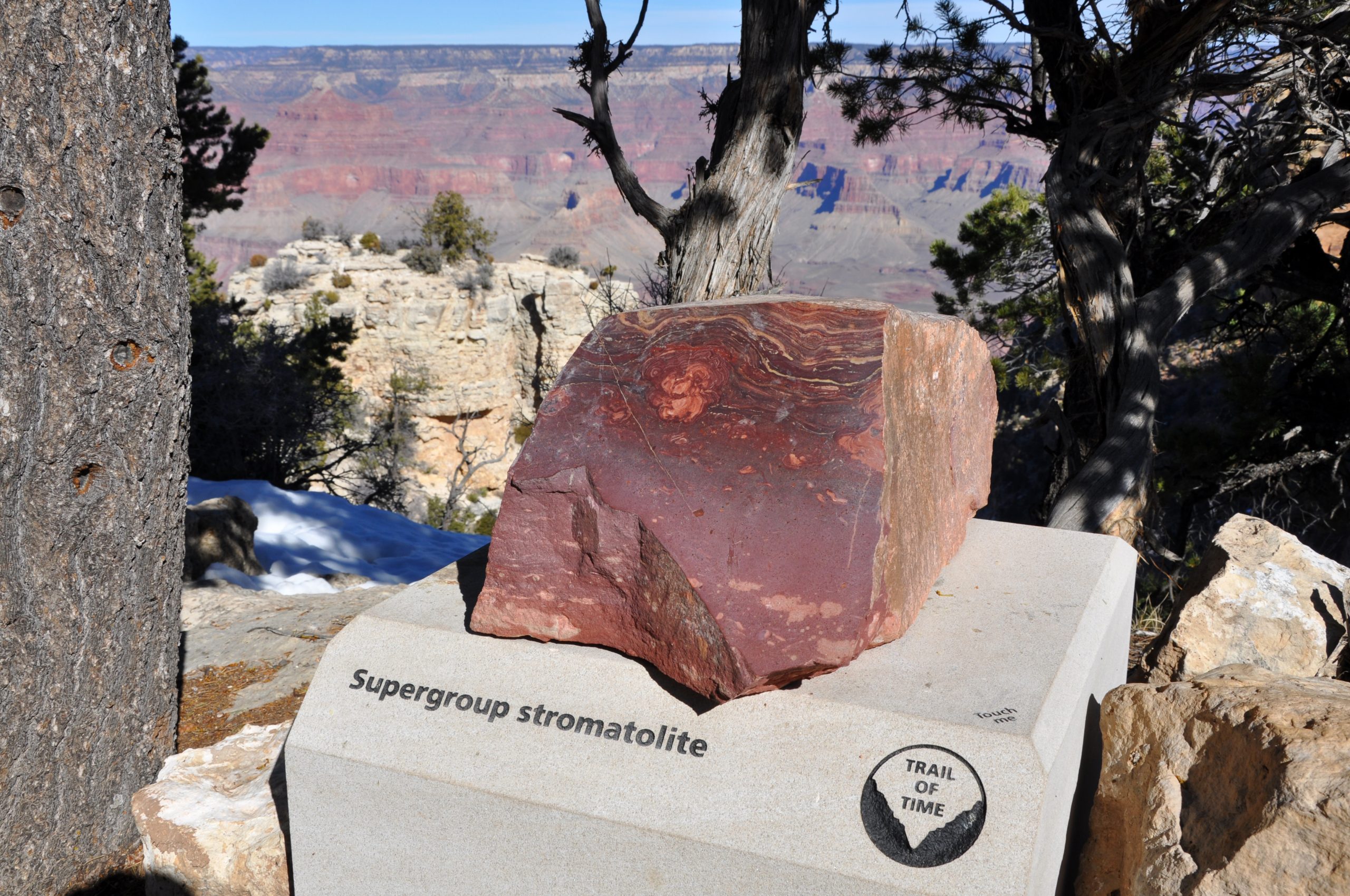This week in PLOS Biology
In PLOS Biology this week, you can read research articles about the regulation of glial cell activation, zinc regulation in E. coli and a new regulator of Wg/Wnt signalling. Also read articles from our magazine section on parasite tolerance, informal science education and genomic privacy.
A Tailored Response to Damaged Nerves
Glial cells are extremely sensitive to disruptions in the central nervous system. When axons are damaged, glial cells are activated and engulf the axonal debris. In a new research paper, Johnna Doherty, Marc Freeman and colleagues identify (in Drosophila) two novel regulators for Draper – the cell membrane receptor in glia that controls engulfment. First, PI3K signalling sets the baseline levels of Draper, and second, the transcription factor stat92E forms a novel auto-regulatory loop, allowing the level of activation to match the degree of damage incurred.
How to Live with the Enemy: Understanding Tolerance to Parasites

A new Primer by Lars Råberg brings together the findings of three research articles recently published in PLOS Biology on the subject of tolerance to parasites. All three of these studies address our understanding of the causes and consequences of variation in tolerance. In a study of HIV in humans, Regoes et al. show that an MHC class I gene affects not only resistance (as previously known) but also tolerance. In a study of voles, Jackson et al. identify a transcription factor mediating age differences in tolerance to macroparasites. Finally, Hayward et al. demonstrate that tolerance to intestinal parasites in sheep is under positive directional selection, but that most of the variation is environmentally induced rather than heritable. These studies increase our knowledge of the genetic and physiological sources of variation in tolerance, and how this variation affects Darwinian fitness.
Redefining Genomic Privacy: Trust and Empowerment
Fulfilling the promise of the genetic revolution requires the analysis of large datasets containing information from thousands to millions of participants. Current models of protecting human subjects create a zero-sum game of privacy versus data utility. Yaniv Erlich, Robert Kain and colleagues, propose the use of techniques that facilitate trust between researchers and participants. This article is part of a PLOS Biology collection – Public Engagement in Science. Browse the collection here.
An Exquisite Nose for Zinc
Zinc is an essential nutrient for most organisms, with the Zn2+ ion performing numerous structural and catalytic roles in a range of proteins. However, like many nutrients, organisms need to be able to maintain steady levels of zinc in the face of near-zero environmental or excessively high concentrations. In their new paper, Benjamin Gilston, Thomas O’Halloran and colleagues look at how the bacterium E. coli does this, by examining the structure and function of Zur, a transcriptional repressor that is sensitive to Zn2+ concentration. They show how Zur binds to DNA – two molecules of Zur, each binding two Zn2+ ions (three in some species), grip adjacent sites from opposite sides of the DNA strand.
Informal Science Education: Lifelong, Life-Wide, Life-Deep
The words ‘‘science education’’ once evoked images of a professor in a white coat lecturing at a blackboard filled with equations or students in a lab conducting ‘‘experiments’’ with beakers and Bunsen burners. Such limited views of science education no longer hold today, when science, technology, engineering, and math (STEM) learning takes place in a wide variety of social dynamics and settings. In their new Community Page, Kalie Sacco, John Falk and James Bell discuss how informal science education cultivates diverse opportunities for lifelong learning outside of formal classroom settings, from museums to online media, often with the help of practicing scientists.
Armless – A New Shield for Armadillo
The Wg/Wnt signaling pathway, found in most animals, is essential for regulating tissue growth and the formation of different cell types during development. Defects in the Wg/Wnt signaling relay can have serious consequences, from aberrant organ patterning to malignant tumor formation. Gerlinde Reim, Konrad Basler and colleagues have identified a regulator of this pathway in Drosophila – the Armless protein, which acts as a positive regulator of Wg/Wnt signalling by interacting with the AAA-ATPase Ter94 and thereby protecting Armadillo/β-Catenin from being tagged for degradation.




